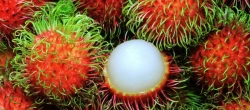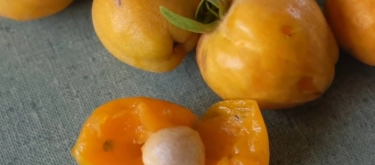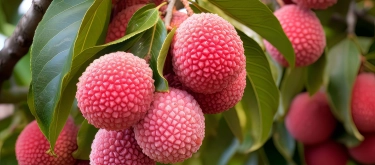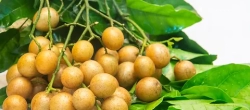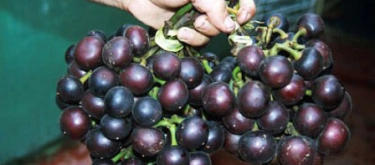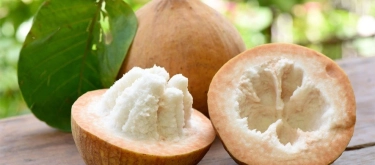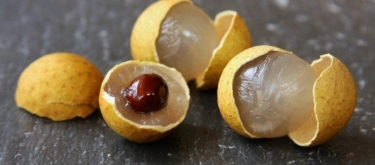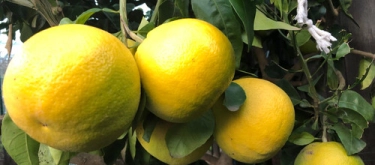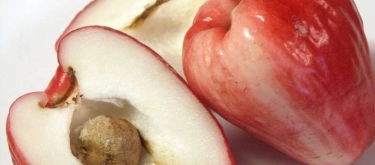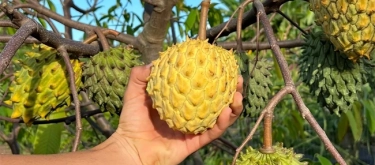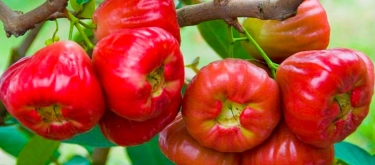Pulasan: Taste Profile, Aroma, Benefits and Health Risks
Pulasan (also known as Kapulasan; Nephelium ramboutan-ake) is a tropical fruit native to the Malay Peninsula, especially popular in Malaysia, Indonesia, Thailand, and the Philippines. Closely related to rambutan and lychee, pulasan is distinguished by its unique sweet flavor, juicy texture, and thicker, easily peeled skin. Although less internationally known, its exquisite taste and nutritional value are increasingly drawing attention beyond Southeast Asia.
Pulasan is generally safe to consume, but individuals allergic to lychee, rambutan, or related tropical fruits should exercise caution due to potential cross-reactivity. Its relatively high natural sugar content means individuals with diabetes should consume moderately. Safe for pregnant women in moderation.
What does Pulasan taste like?

Complete Sensory Description:
Taste
Pulasan features a distinctly sweet, refreshing, and mildly acidic flavor with prominent fruity notes reminiscent of grapes and lychee. Subtle nuances of honey and floral undertones add complexity and depth.
Aroma
The aroma is fresh, sweet, and pleasantly fruity, characterized by mild floral notes resembling lychee blossoms, grapes, and delicate tropical fragrance hints.
Texture
The outer skin of pulasan is thick yet easily peeled, covered in short, soft spikes. Inside, the translucent flesh is juicy, tender, and slightly gelatinous, encasing a single almond-like edible seed (in some varieties). The flesh texture resembles lychee, with a soft, succulent bite.
Appearance
Pulasan fruits are rounded or oval, about 4–6 cm in diameter. Their dark reddish-purple or deep-maroon skin is covered with soft, short, blunt spikes. The internal flesh is translucent white or pale ivory, clearly segmented around the central seed.
In-depth Flavor Analysis:
The pulasan’s captivating flavor profile emerges from a carefully balanced composition of natural sugars, organic acids, and aromatic volatile compounds, making it both deliciously sweet and refreshingly complex:
-
Sweetness Profile: High sugar levels, particularly fructose and sucrose, dominate the fruit’s taste, providing intense sweetness reminiscent of fresh grapes, lychee, and mild honey-like undertones.
-
Acidic and Subtle Bitter Notes: A mild but noticeable presence of organic acids—primarily citric and malic—provides a refreshing tartness that balances sweetness. Trace amounts of tannins deliver very subtle bitterness or astringency, primarily noticeable in underripe fruits.
-
Aromatic Compounds: Aromatic complexity comes from volatile compounds, including ethyl acetate, geraniol, and linalool. Ethyl acetate contributes fruity freshness, geraniol imparts floral-citrusy nuances, and linalool adds gentle, floral undertones similar to lychee blossoms. These compounds combine to create pulasan’s distinctive aroma and flavor intricacy.
-
Environmental Factors Influencing Flavor: Fruit sweetness and aroma intensity are notably influenced by climate and growing conditions. Regions with abundant rainfall and warm temperatures yield fruits richer in sugars and aromatic compounds.
Varieties and Culinary Applications:
Pulasan varieties differ slightly by region, mainly in sweetness, flesh thickness, and ease of peeling. Culinary uses include:
- Fresh Consumption: Predominantly eaten fresh, directly peeled and consumed as a refreshing snack or dessert.
- Beverages: Popularly blended into juices, smoothies, or refreshing drinks, enhancing natural sweetness and tropical appeal.
- Desserts: Frequently utilized in ice creams, sorbets, fruit salads, puddings, jellies, and Asian-inspired desserts.
- Preserves: Often processed into jams, jellies, syrups, or sauces due to its attractive sweetness and color.
Selection and Storage:
Choose pulasan fruits with vibrant, deep reddish-purple or maroon color, slightly firm yet yielding gently to pressure, indicating ripeness. Avoid overly hard, greenish, or excessively soft fruits. Store fresh pulasan refrigerated in breathable containers for up to five days. The fruit’s pulp can also be frozen successfully, maintaining its flavor and texture.
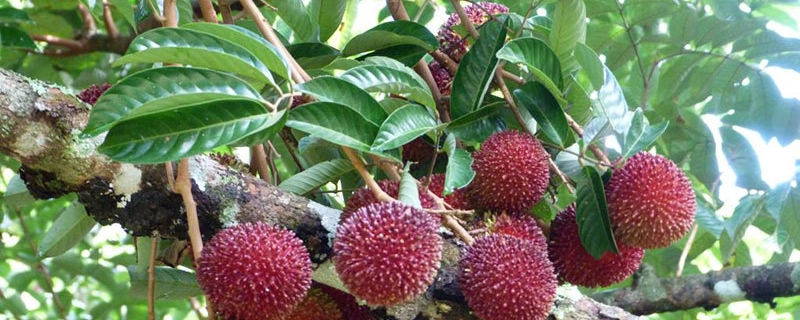
Nutritional Insights:
Pulasan provides significant nutritional value, being rich in vitamin C, antioxidants, dietary fiber, potassium, and trace minerals like copper and manganese. Regular consumption can help improve immune function, enhance iron absorption (due to its high vitamin C content), and support healthy digestion due to fiber. Potassium content contributes to maintaining balanced blood pressure and cardiovascular health, making pulasan beneficial for those at risk of hypertension or cardiovascular diseases.
Expert Insights & Culinary Tips:
- Flavor Pairings: Pulasan’s sweetness and subtle acidity pair perfectly with creamy textures like coconut milk, yogurt, and ice cream. Chefs recommend pairing pulasan with citrus fruits, passionfruit, and mild herbs like mint for enhanced complexity in desserts or beverages.
- Preparation Recommendations: Fresh pulasan is best enjoyed chilled, enhancing its refreshing qualities. For beverages or desserts, remove seeds carefully. Pulasan seeds from certain varieties can be roasted or boiled and consumed similarly to almonds, offering unique culinary possibilities.
- Handling Tips: Unlike rambutan, pulasan’s thicker skin can be easily opened by twisting the fruit gently, facilitating easier access to the flesh.
Interesting and Curious Facts:
- The name "Pulasan" originates from the Malay word "pulas," meaning "to twist," referring to the fruit’s easily peeled skin.
- In traditional medicine, pulasan fruits and seeds were historically used in Southeast Asia to relieve mild digestive ailments, coughs, and general weakness.
- Pulasan trees contribute significantly to regional biodiversity, supporting wildlife populations and ecological balance within their native ecosystems.
Harm and Dietary Considerations:
Pulasan is generally safe but should be consumed moderately by individuals with diabetes due to its high natural sugar content. People allergic to lychee, rambutan, or other related tropical fruits should avoid consumption due to potential allergic reactions. Pregnant and breastfeeding women can consume pulasan safely in moderate amounts.
Religious Dietary Considerations:
Pulasan fruit is universally acceptable and has no known dietary restrictions within major religious frameworks, including Halal, Kosher, Hindu vegetarianism, and Buddhist dietary practices.
Final Thoughts & Sensory Journey:
Pulasan invites exploration through its luxurious sweetness, refreshing juiciness, and distinctive tropical aromas. With nutritional benefits complementing culinary versatility, pulasan remains a delightful hidden gem within the tropical fruit world, deserving of broader appreciation.
Resources:
- "Tropical Fruit Processing" edited by Jethro Jagtian (Academic Press, 2012)
- "Edible Medicinal and Non-Medicinal Plants, Volume 4: Fruits" by T.K. Lim (Springer, 2012)
- "Underutilized Tropical Fruits of Asia" edited by G.K. Jayaprakasha and Bhimanagouda S. Patil (CRC Press, 2019)
